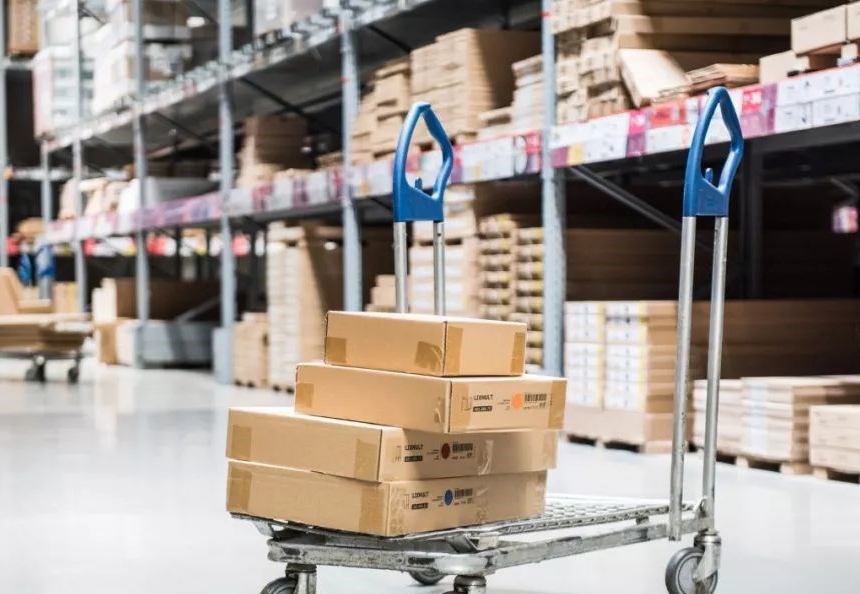What are the warehouse classification methods and how to classify them?
The warehouse consists of a warehouse for storing goods, transportation facilities (such as cranes, elevators, slides, etc.), transportation pipes and equipment for entering and leaving the warehouse, fire protection facilities, and management rooms. Then what are the warehouse classification methods and how to classify them. The following article is a small series for everyone to introduce in detail.
By purpose
(1) Wholesale warehouse
The wholesale warehouse is mainly used to store goods that are imported from the procurement supply warehouse or purchased locally. This type of warehouse is generally close to the commodity sales market, and the scale is generally smaller than that of the procurement supply warehouse. Also engaged in the zero-removal supply business.
(2) Procurement supply warehouse
The procurement and supply warehouse is mainly used to centrally store goods purchased from the production department and imported and exported internationally. Generally, the warehouses in this category are located in large and medium-sized cities where commodity production is concentrated, or where the commodity transportation hub is located.
(3) Processing warehouse
In the past, after talking about the functions of the warehouse, the processing delay function of the warehouse has been mentioned. Generally, the warehouse with the product processing capability is become the processing warehouse.
(4) Transfer warehouse
The transit warehouse is in the middle of the cargo transportation system, and stores the goods waiting for transshipment. The general cargo is only temporarily parked here. This type of warehouse is generally located near the port of the road, railway and waterway to facilitate the cargo. Waiting for shipment here.
(5) Retail warehouse
The retail warehouse is mainly used for short-term storage for the commercial retail industry, generally providing store sales, the scale of the retail warehouse is small, and the stored materials are fast.
(6) Reserve warehouse
Such warehouses are generally set up by the state to keep national emergency reserves and war preparations. Goods are generally stored in such warehouses for a long time, and the stored materials are regularly updated to ensure the quality of the materials.
(7) Bonded warehouse
A bonded warehouse is a warehouse that is set up on the land of a country but outside the Customs border for the needs of international trade. The goods of foreign enterprises can go through the customs declaration procedures without tax in and out of such warehouses, and after approval, they can process and store the goods in the bonded warehouse.

By cargo characteristics
(1) Raw material warehouse: The raw material warehouse is used to store the raw materials used in production. Such warehouses are generally large.
(2) Product warehouse: The function of the product warehouse is to store the finished products, but these products have not yet entered the circulation area. Such warehouses are generally attached to the production plants.
(3) Refrigerated warehouse: It is used to store goods that need to be refrigerated and stored, usually for agricultural and sideline products, medicines, etc., which have requirements for storage temperature.
(4) Constant temperature warehouse: The constant temperature warehouse is the same as the refrigerated warehouse for storing products that require storage temperature.
(5) Dangerous goods warehouse: The dangerous goods warehouse is literally easier to understand. It is used to store dangerous goods. Because dangerous goods may cause danger to the human body and the environment, there are generally specific storage conditions for such items. Requirements, for example, many chemical products are dangerous goods, and their storage has special regulations.
(6) Water surface warehouse: For items such as logs and bamboo rafts that can float on the water, they can be stored on the water surface.
Regarding the question of "how are the warehouse classification methods and how to classify them", the above contents have been clearly introduced to everyone, and I hope to help you.
Reprinted from the network


